The Battle Against Moisture in Concrete: Strategies for Successful Prevention and Repair
Concrete is a widely used material in construction in garage floors due to its durability, strength, and versatility. However, moisture in concrete can cause a range of issues that can compromise its structural integrity, aesthetics, and overall performance. In this blog post, we’ll explore the causes and effects of moisture in concrete and discuss some effective solutions to prevent and mitigate these issues.

1 / Causes of Moisture in Concrete
Moisture in concrete can arise from various sources, such as humidity, rainwater, groundwater, and condensation. Here are some of the most common causes of moisture in concrete:
- Inadequate curing: If concrete is not cured properly, it can result in the formation of capillaries or micro-cracks that allow moisture to penetrate into the structure.
- High humidity: In areas with high humidity levels, the moisture in the air can seep into the concrete and cause damage over time.
- Poor drainage: When there is poor drainage around the concrete structure, rainwater or groundwater can accumulate and penetrate into the concrete resulting in Moisture Vapour Transmission.
- Condensation: When warm, moist air comes into contact with a cold concrete surface, like freeze-thaw, it can cause condensation to form, leading to moisture infiltration.
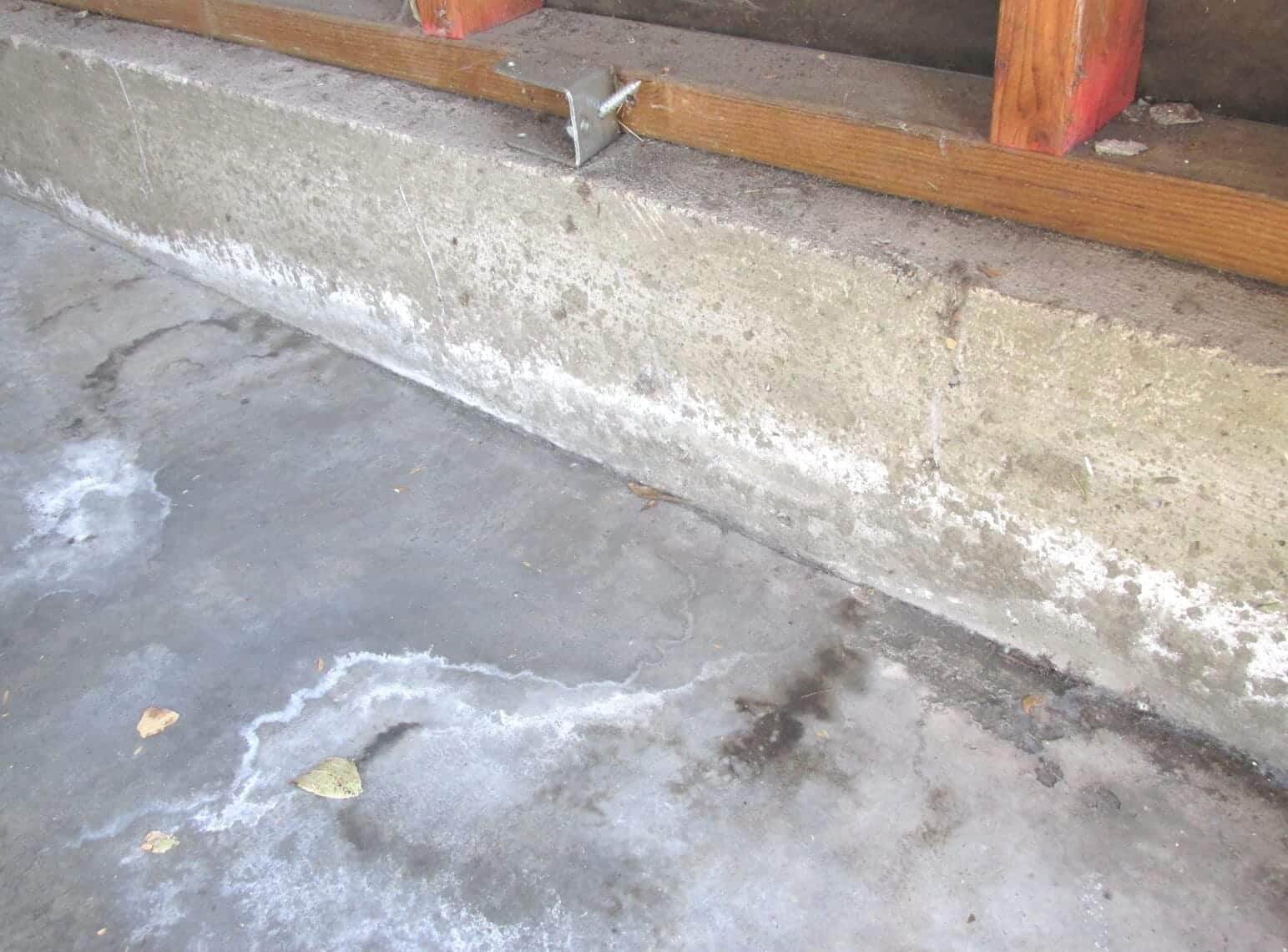
2 / Effects of Moisture in Concrete
Moisture in concrete can cause a range of problems, including:
- Reduced durability: Moisture in concrete can cause corrosion of steel reinforcement, which can weaken the structure and reduce its lifespan.
- Cracking: Moisture can cause concrete to expand and contract, which can result in cracking and spalling.
- Staining: Moisture in concrete can cause unsightly stains, which can detract from the appearance of the structure.
- Mold and mildew growth: Moisture in concrete can create an environment conducive to the growth of mold and mildew, which can cause health problems for occupants.
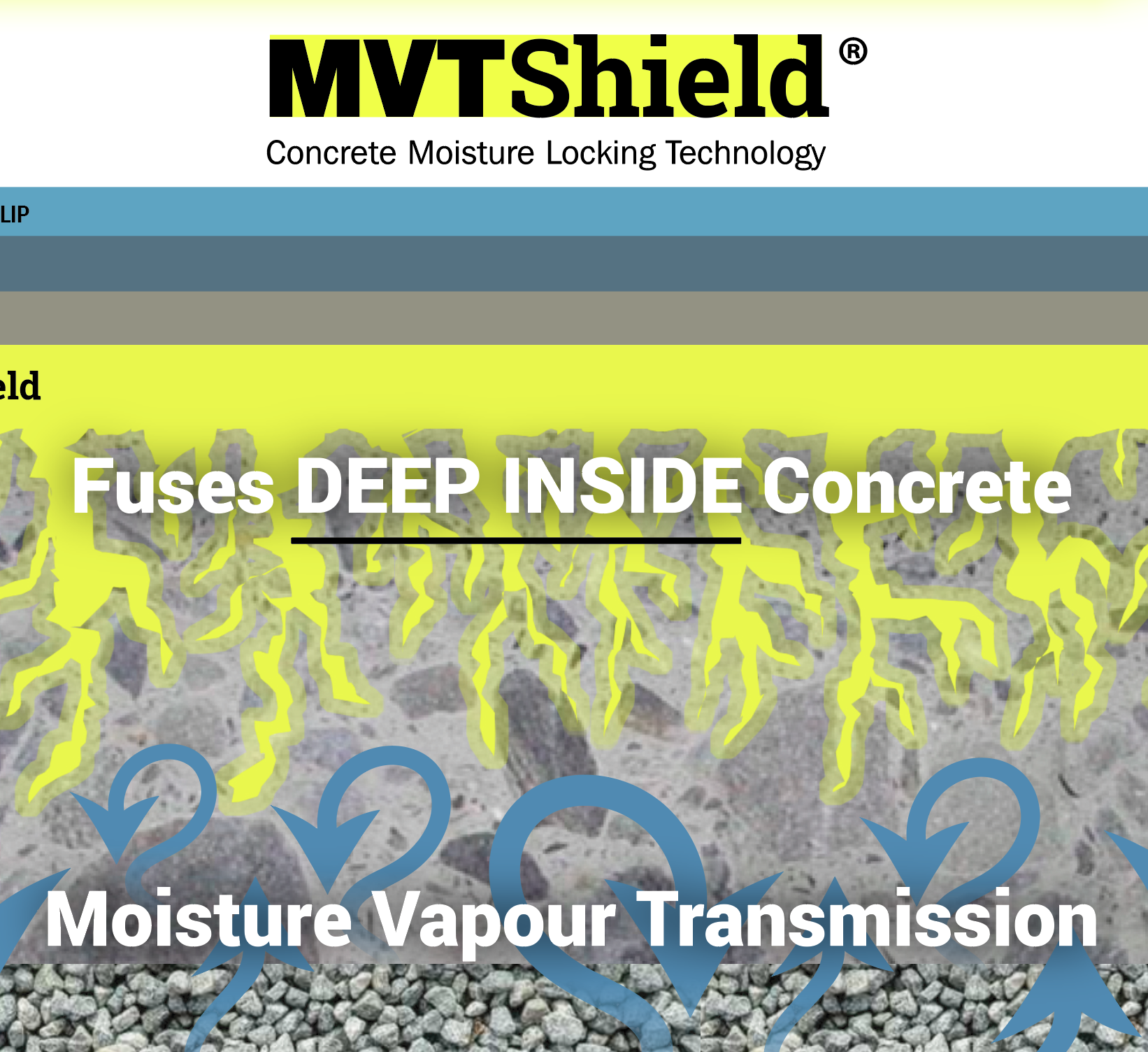
3 / Solutions for Moisture in Concrete
Preventing and mitigating moisture in concrete requires a multi-faceted approach that addresses the underlying causes and effects of the problem. Here are some effective solutions for preventing and mitigating moisture in concrete:
- Proper curing: Ensuring that concrete is cured properly can prevent the formation of capillaries and micro-cracks that allow moisture to penetrate into the structure.
- Waterproofing: Applying a waterproofing membrane like MVTShield® into the concrete can prevent moisture from infiltrating the structure.
- Drainage: Improving the drainage around the concrete structure can prevent rainwater or groundwater from accumulating and penetrating into the concrete.
- Coating system: Installing an industrial grade polyaspartic coating system with a waterproofing membrane on the concrete slab can prevent moisture from seeping through the concrete.
In conclusion, moisture in concrete can cause a range of problems that can compromise its structural integrity, aesthetics, and overall performance. By understanding the causes and effects of moisture in concrete and implementing effective solutions to prevent and mitigate the problem, we can ensure that garage floor remains durable, safe, and aesthetically pleasing for many years to come.

MARC DESGROSEILLIERS
Founder & CEO
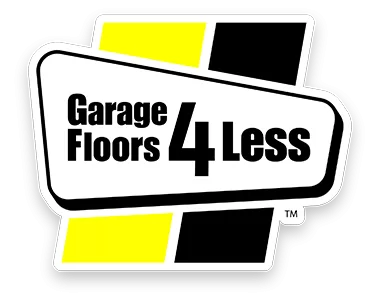
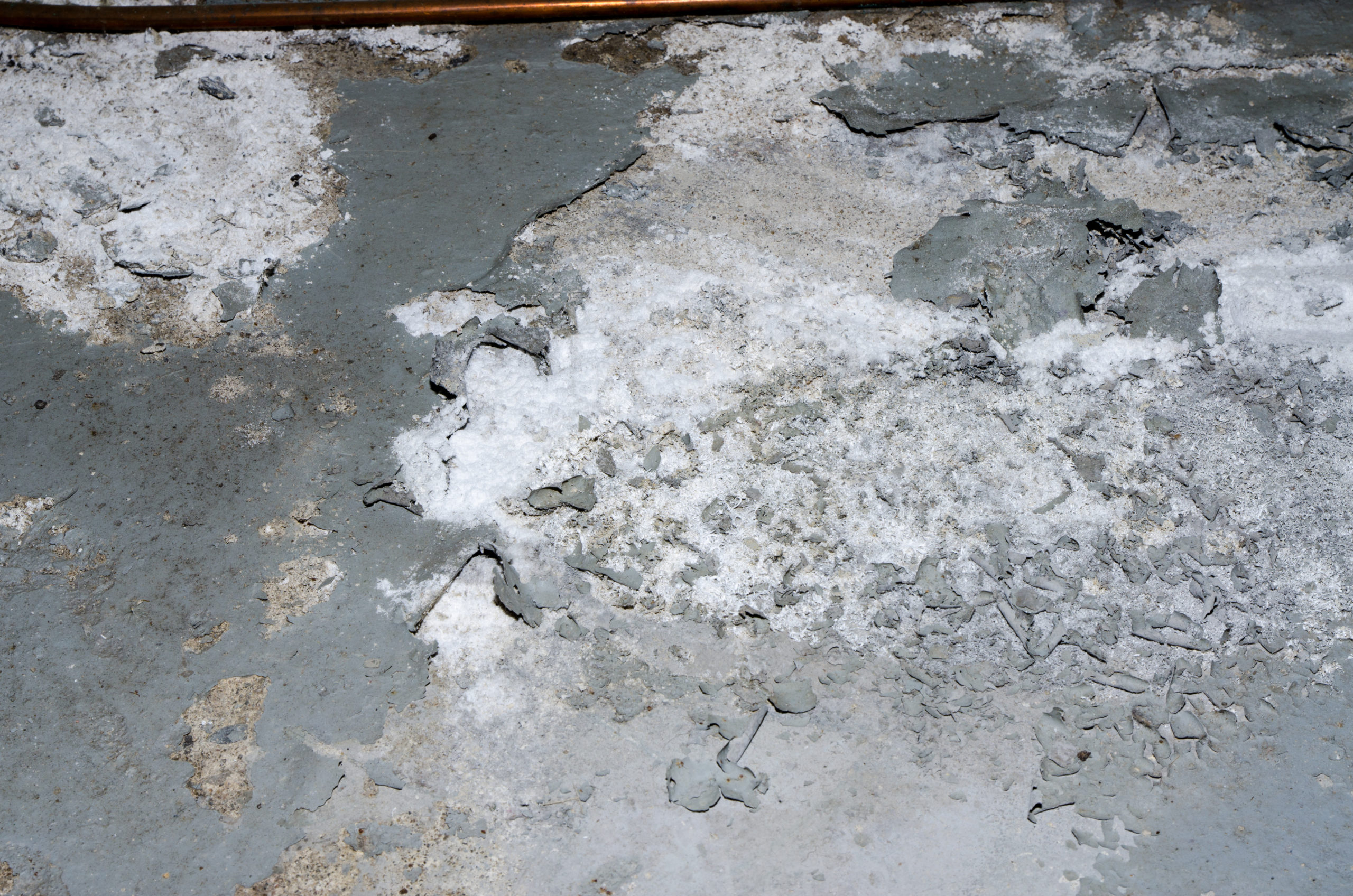

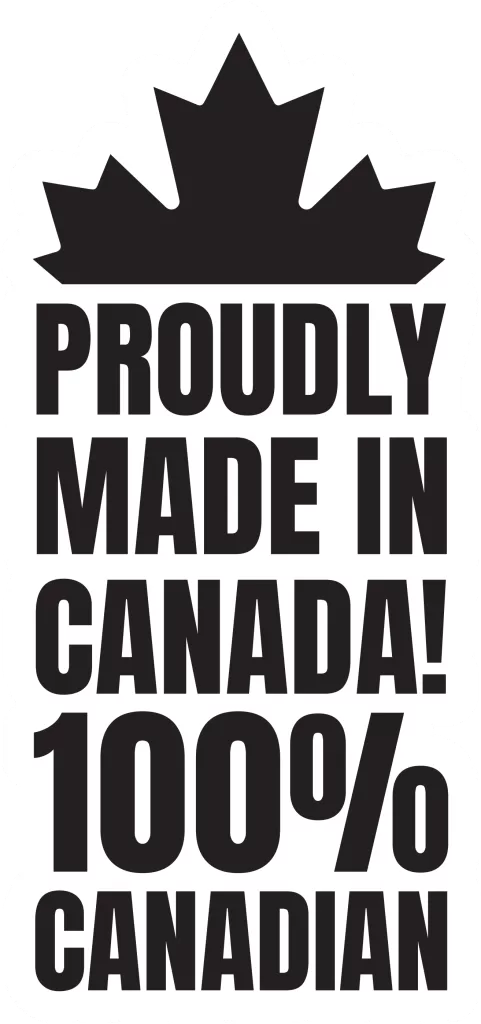
Recent Comments